
Elementary Reactions: The Building Blocks of Chemistry
When diving into the world of chemistry, one of the first things you’ll encounter is the concept of elementary reactions. These reactions are the fundamental steps that make up more complex chemical processes. Understanding these basic reactions is crucial for grasping how more intricate reactions occur. So, let’s break it down in a way that’s easy to digest!
What Are Elementary Reactions?
Elementary reactions are the simplest types of reactions that involve a direct interaction between reactants. They can be categorized based on the number of molecules involved:
- Unimolecular: This involves a single reactant molecule breaking down or rearranging.
- Bimolecular: Here, two molecules collide and react. This is the most common type of reaction.
- Termolecular: This is quite rare and involves three molecules colliding simultaneously to react.
Now, you might be wondering why termolecular reactions are so uncommon. Well, it’s because all three molecules need to collide at the same time with enough energy and the right orientation. It’s like trying to get three friends to high-five all at once—pretty tricky, right? 🤔
Understanding Molecularity
The term molecularity refers to the number of reactant particles involved in a reaction. It’s important to note that molecularity can only be expressed as whole numbers—there are no fractional particles in a reaction! This means reactions can be unimolecular, bimolecular, or termolecular. But don’t expect to find any elementary reactions involving four or more molecules; that’s just not how it works.
Elementary vs. Non-Elementary Reactions
Now, let’s talk about how elementary reactions relate to non-elementary reactions. Non-elementary reactions can be broken down into multiple elementary steps, which together describe the complete reaction mechanism. Think of it like a movie: the entire film (the non-elementary reaction) is made up of several scenes (the elementary reactions). Each scene is crucial for the story to make sense!
In the world of chemistry, understanding these mechanisms helps predict how reactions will proceed and what products will form. It’s like having a roadmap for a journey—you know where you’re starting and where you’re headed.
Why Does It Matter?
Understanding elementary reactions is essential for anyone diving into the field of chemistry, whether you’re a student, a researcher, or just someone curious about how the world works. These reactions form the basis for everything from industrial processes to biological functions in our bodies. 🌍
So, the next time you hear about a chemical reaction, remember that it’s likely made up of a series of elementary reactions working together. It’s all connected, and that’s what makes chemistry so fascinating!
Final Thoughts
Elementary reactions may seem simple, but they are the foundation of chemical science. By understanding these basic building blocks, we can better appreciate the complexity of the reactions that shape our world. So, keep exploring, keep questioning, and who knows what you’ll discover next!
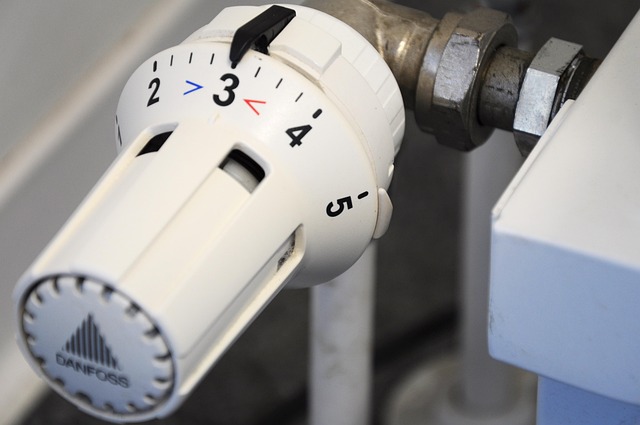



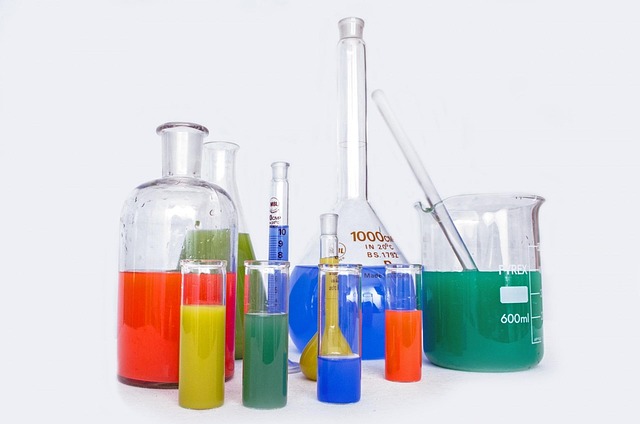


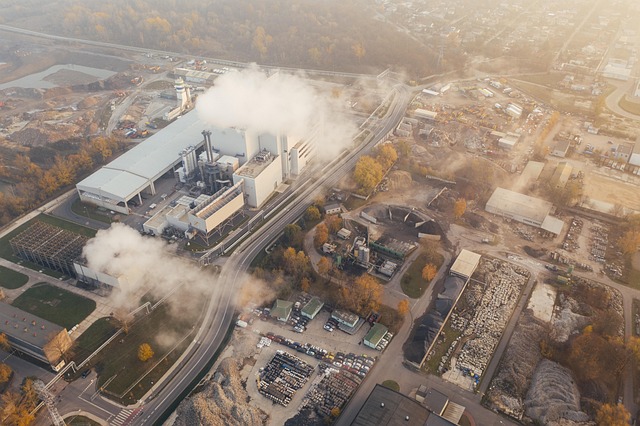


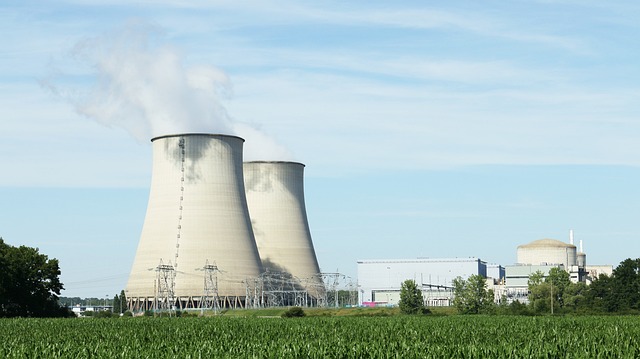



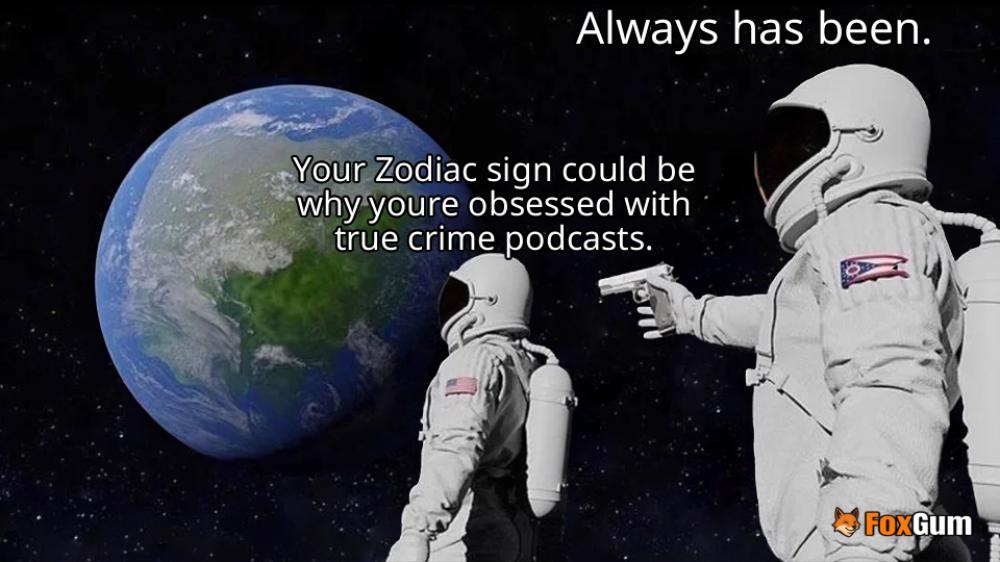
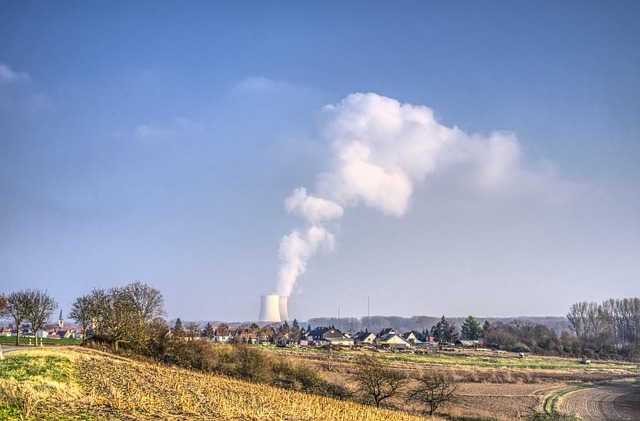
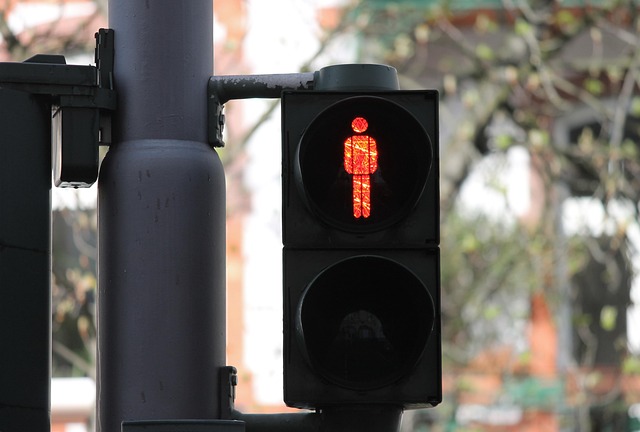

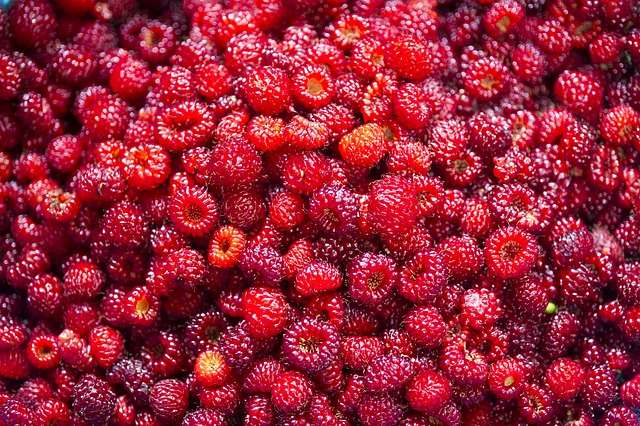

 Exploring the Oceanography Merit Badge
Exploring the Oceanography Merit Badge 
 Health
Health  Fitness
Fitness  Lifestyle
Lifestyle  Tech
Tech  Travel
Travel  Food
Food  Education
Education  Parenting
Parenting  Career & Work
Career & Work  Hobbies
Hobbies  Wellness
Wellness  Beauty
Beauty  Cars
Cars  Art
Art  Science
Science  Culture
Culture  Books
Books  Music
Music  Movies
Movies  Gaming
Gaming  Sports
Sports  Nature
Nature  Home & Garden
Home & Garden  Business & Finance
Business & Finance  Relationships
Relationships  Pets
Pets  Shopping
Shopping  Mindset & Inspiration
Mindset & Inspiration  Environment
Environment  Gadgets
Gadgets  Politics
Politics 